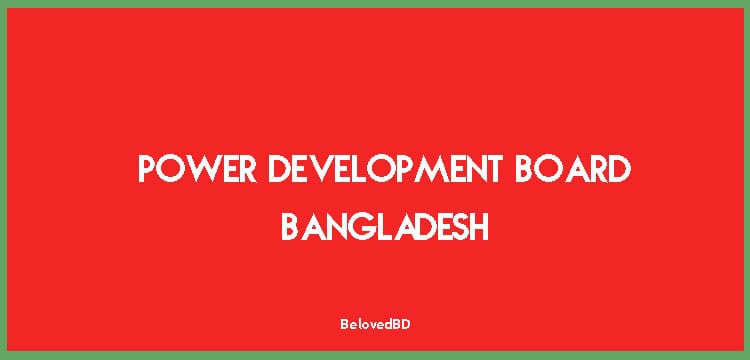The Bangladesh Power Development Board (BPDB) was built as a public sector institution to help the country’s power sector after the elevation of Bangladesh as an independent state in 1972. The BPDB is responsible for planning and improving power supply situation, power infrastructure and for operating much of its power generation facilities. Now the organization is responsible for the large portion of propagation and distribution of electricity mainly in urban areas of the country. And the Board is now under the Power Division of the Bangladesh Ministry of Power, Energy and Mineral Resources.
History of Bangladesh Power Development Board
In 1947, at the time of independence of India & Pakistan, when the British colonial rulers left, power generation and distribution of this part of the country were in the hands of some private companies. Electricity was available to only a small elite in the district and sub-divisional headquarters. The generation voltage was 400 volts. Power used to be supplied to most of the districts during nighttime only. The distribution networks in these cities were isolated and were fed by coal-fired steam power plants or diesel generation. But in the Dhaka City where power used to be supplied by two 1500 kW generators and the generation voltage was6600 volts and this was the maximum supply voltage.
In 1948, Electricity Directorate was made in order to plan and develop power supply situation. In an effort to expeditiously increase generation capacity to feed an improvement economy, the Government of Pakistan issued and ordinance in 1959 creating the Water and Power Development Authority (WAPDA). Then the power sector really started working satisfactorily. In 1960, Electricity Directorate was united with WAPDA.
And after the emergence of Bangladesh through a bloody War of Liberation, in 1972, the first Government of Bangladesh, in an attempt to speed up the investment in the sector issued an Ordinance creating the Bangladesh Power Development Board (BPDB) as the successor organization of the power side of WAPDA. During mid-1970s government strengthen on the rural electrification for acquiring a desirable social development.
During 1972 to 1995, BPDB has improved the generating power capacity in the country to 2818 MW, and extent of its 230 and 132 KV transmission networks to 419 KM and 2469 KM. In 1991 Dhaka Electric Supply Authority (DESA) was built basically to operate and improve distribution process in and around Dhaka (including the metropolitan city) and introduce about the development of customer service, a collection of revenue and reduce the administrative load of BPDB.
And on June 2006, in FY 2006, BPDB has total installed capacity of 5245 MW at 103 units (BPDB 3985 MW at 66 Unit and IPP (mixed) 1260 MW at 37 units) of Power Plants situated in different parts of the country. The main fuel used for power generation is indigenous gas.
On its website, the BPDB states it has taken, “a massive capacity expansion plan to add about 11600 MW Generation capacity in next 5 years and about 24000 MW by 2021 with the aim to provide quality and reliable electricity to all the people of Country for desired economic and social development.”

